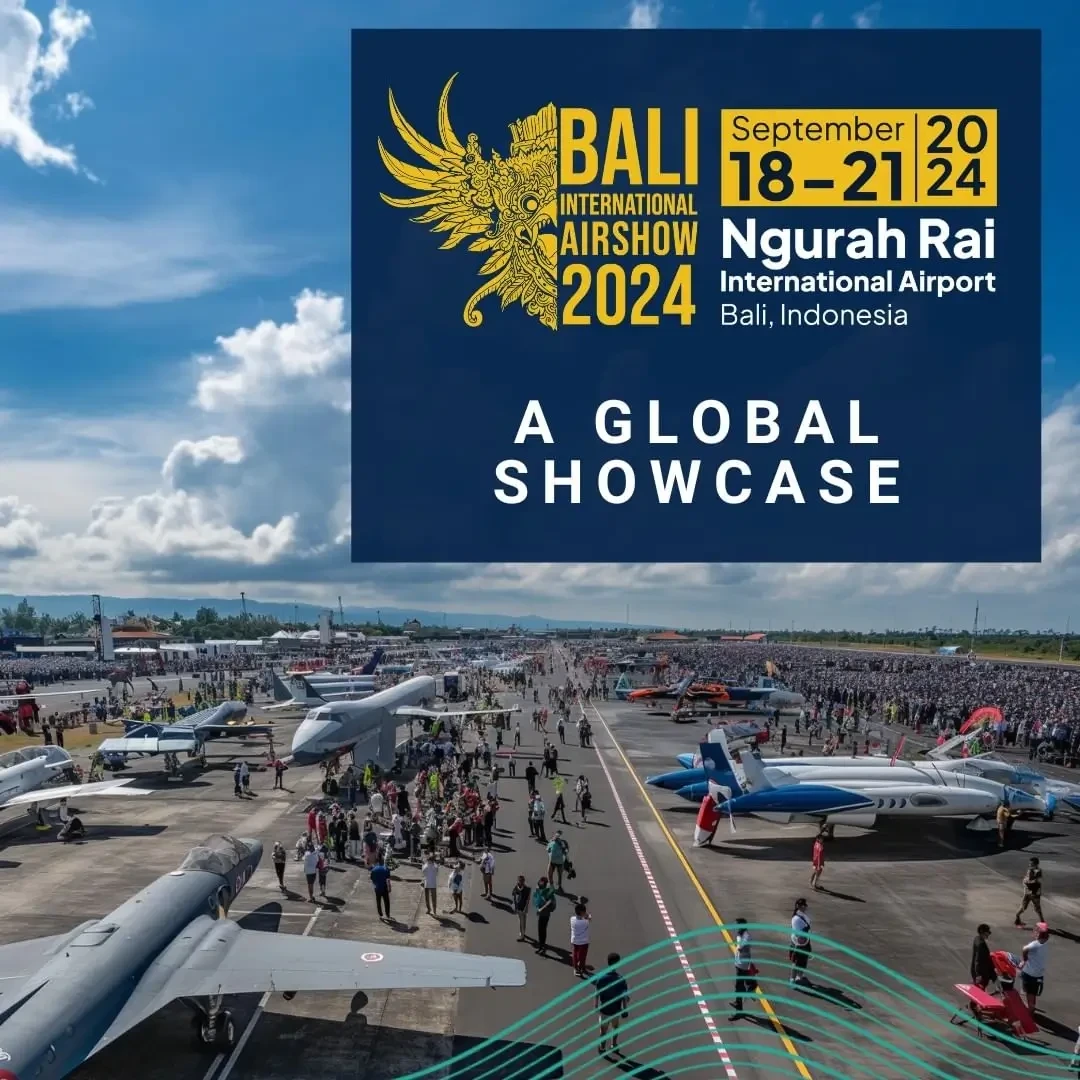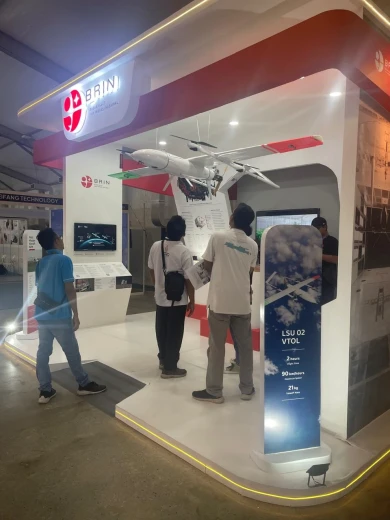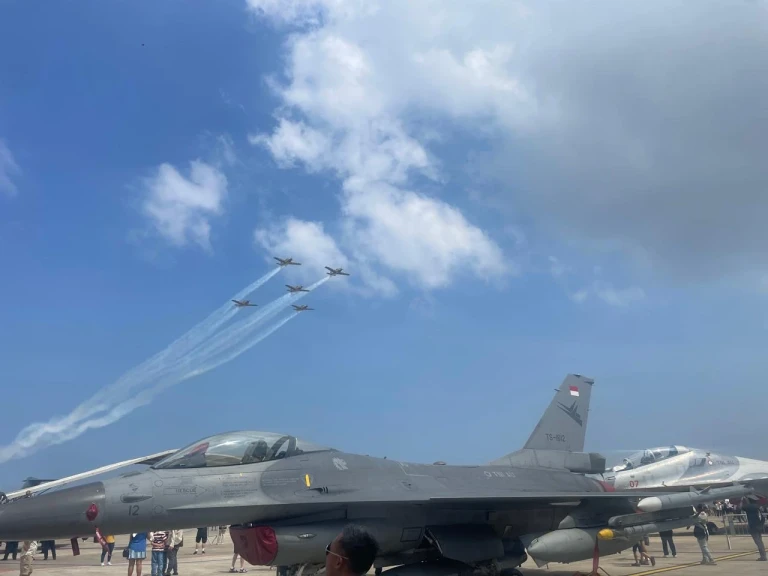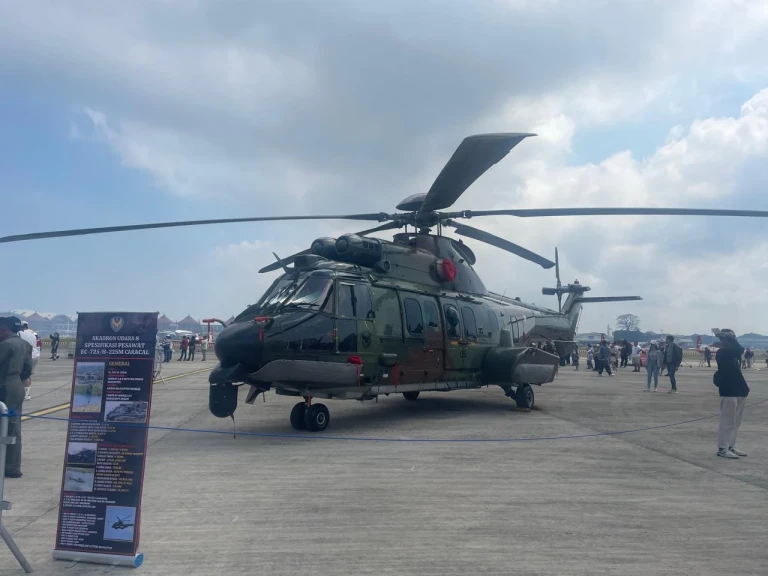After a 20-year hiatus, the Bali International Airshow 2024 was held at Bali's Ngurah Rai International Airport.

Events like this are crucial not only for airlines and related industries but also for the host country. It’s a great opportunity for contract signings, partnerships, investments, and new prospects. The island nation is investing in aviation to ensure seamless connectivity, improve the quality of goods and services, stimulate the tourism sector, and accelerate economic growth. Pertamina, the main sponsor of the event, announced the development of a new eco-friendly aviation fuel, a project conducted in partnership with Virgin Australia.
Indonesia's Minister of Investment and Maritime Affairs, Luhut Binsar Pandjaitan, stated: "At today’s event, we proudly witnessed the launch of Indonesia’s action plan for sustainable and efficient fuel development, which is part of our commitment to achieving net-zero emissions." Interestingly, potential sources for this eco-friendly aviation fuel include coconut oil, seaweed, and rice.





In her statement, Fiona Walmsley, Virgin Australia's Chief Sustainability Officer, emphasized that this partnership is a significant step toward achieving net-zero emission goals in both Indonesia and Australia. “Through this collaboration, both countries aim to reduce carbon emissions and build a more eco-friendly future for aviation.”
The airshow took place from September 17 to 21, but it was open to the general public only on the last day. Visitors were introduced to numerous pavilions showcasing both civil and military equipment from various major manufacturers. Guests could fly professional simulators in a Cessna cockpit over virtual Bali, sit in new ergonomic seats from Etihad, and engage with representatives from civil, military, and passenger aviation companies. There was even a stand with military ships and submarines. Each pavilion displayed aircraft models, rockets, airliners, and screens showing the capabilities of the products. It was engaging even before stepping outside to see the actual aircraft. Visitors could easily spend half an hour to an hour exploring the showcased machines indoors. Of course, there were also various drones and quadcopters on display, both for passenger use and armed purposes. In short, anything that flies or is related to flying was represented.
On the days designated for commercial visitors, there were lectures and Q&A sessions, though these were not held on the public open day. However, there were still impressive air shows. The performance of modern fifth-generation F-35 fighters took place only in the morning. These complex machines have only been developed and deployed by the U.S. and China. The Russian equivalent doesn’t fully meet fifth-generation standards and only a few have been produced, whereas there are already over a thousand F-35s in the world.





View 1
more photo
more photo
Although I missed the F-35 flight, it was fascinating to see the stationary F-35 up close. This masterpiece of modern engineering was quite impressive, especially with the friendly Australian pilots and technicians (the planes belonged to the Royal Australian Air Force) handing out various stickers and happily chatting with visitors.
One of the pilots, Lieutenant Shrek, explained that the F-35A is a new aircraft, equipped with cutting-edge technology, particularly in stealth. He noted that the aircraft was manufactured in Texas, USA, and later delivered to Australia. “It’s amazing that for the first time in Asia in decades, people can see all the equipment in person, and also enjoy the aerobatics. I hope many people enjoy this airshow,” the Australian pilot concluded.
In addition to this star attraction, the airshow featured a massive German military transport aircraft, the A400M, whose imposing silhouette towered over the smaller exhibits. While the Germans didn’t hand out stickers, they energetically sold patches and posters for dollars.
Spectators were able to see 16 aircraft up close, including the A400M, 407, N219, EC 725, SU30, C1307, Zenith, CH-701, CASA 212, F-16, EMB-314 Super Tucano, Vela Alpha, Grand Caravan Ex, Tactical UAV, Skyhawk 172SP Amphibian, and AS365 Dauphin.
From the enormous Atlas to the tiny CH701 civilian aircraft, it was exciting to see the famous F-16 in person. It’s part of the Indonesian Air Force and was displayed under their flag. The plane was positioned right next to the gigantic Soviet SU-30 fighter, and by comparison, the F-16 appeared miniature and very sleek. However, the SU-30 also possesses a unique beauty typical of military aircraft.
The exhibition also included helicopters from Indonesia’s firefighting and military forces. Visitors could even take a photo on the wing of a Super Tucano training aircraft while wearing a real pilot suit.
Of course, spectators weren’t just interested in the static, beautiful machines on the ground. They were eagerly awaiting the aerobatic shows by two Indonesian teams. The pilots demonstrated precision group aerobatics, which is always challenging and dangerous but very thrilling. First to perform were the professionals from the RAFL team, showing off stunts as they flew right over the spectators, to the delight of the crowd. Next, the Jupiter aerobatics team took the stage. Flying at a greater distance, the six planes performed even more complex and dangerous maneuvers. At one point, they even drew a giant heart in the sky with smoke. During the 20-minute aerobatic display, the Jupiter team successfully executed 12 different maneuvers, each met with thunderous applause from the audience, who were amazed by the difficulty and beauty of the pilots' movements.
Children were especially enthusiastic, shouting “lagii” (more) after each stunt.
Jupiter's commander, Colonel Putu Suchahyadi, noted that not all Air Force pilots can become members of Jupiter, as there are specific criteria they must meet. Pilots must pass rigorous selection based on physical and mental capabilities, as well as their ability to fly in precision formations. "All the maneuvers performed by Jupiter involve a high level of complexity and risk. But thanks to hard work and dedication, the best sons of the Island of the Gods were able to become part of Jupiter," he explained, adding that two of the six pilots are natives of Bali.
The only thing missing was colored smoke. The planes drew aerobatic figures in the sky using only white smoke.
Overall, the airshow left both officials and ordinary visitors satisfied. Hopefully, next year’s show will be even bigger, brighter, and louder.
Minister of Investment and Maritime Affairs, Luhut Binsar Pandjaitan, stated that the airshow is a vital strategic step for Indonesia, aimed at stimulating the growth of the local aviation industry and strengthening Indonesia’s position on the international stage. “The last time the Bali International Airshow was held was in 1996, or 28 years ago. That’s why we’re hosting it again this year, and we want Indonesia to now be included on the map of international aviation events, becoming part of this industry,” he said.

You can add one right now!